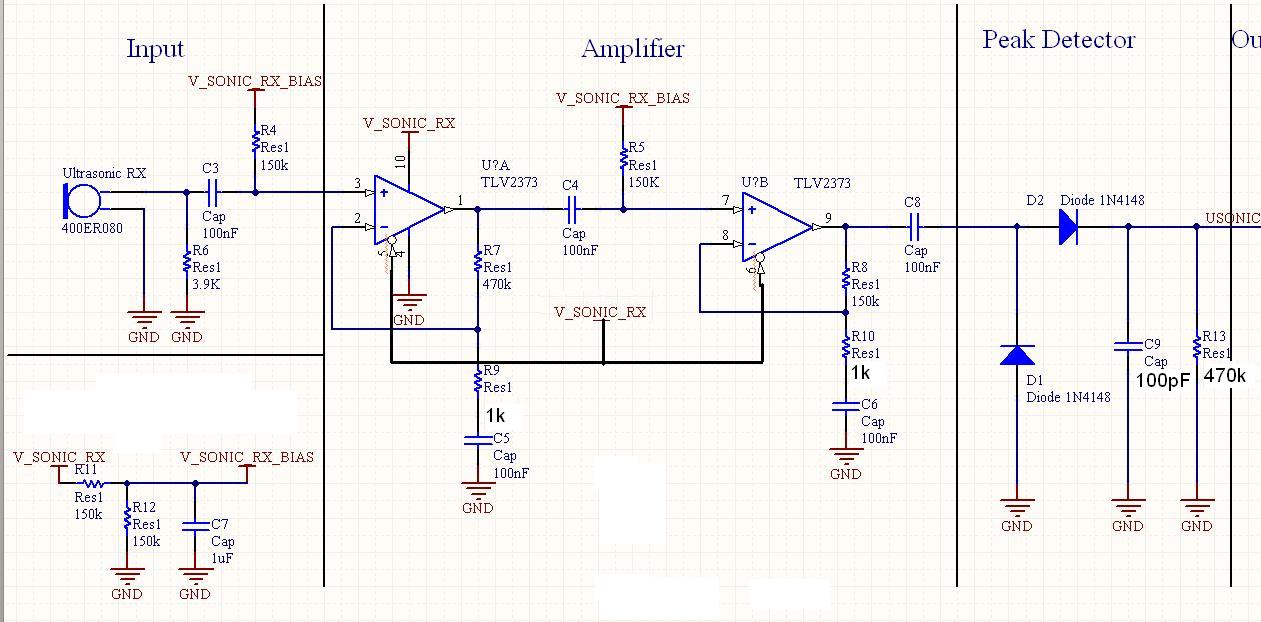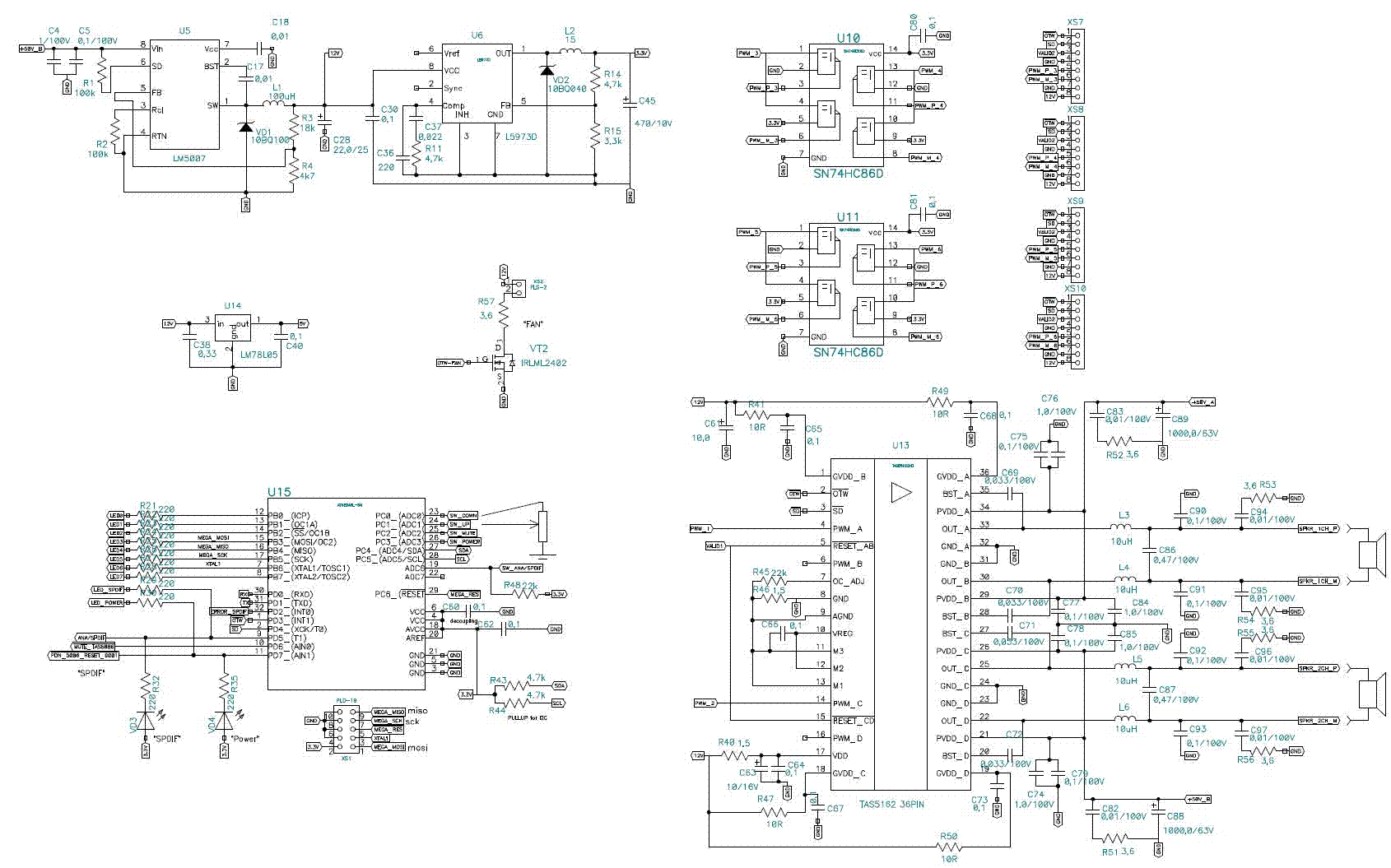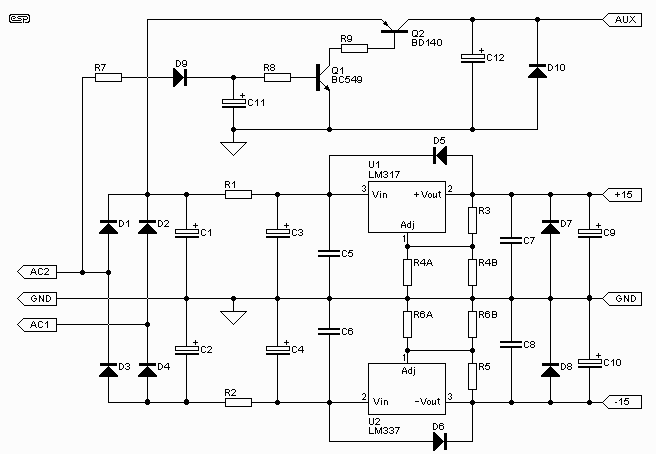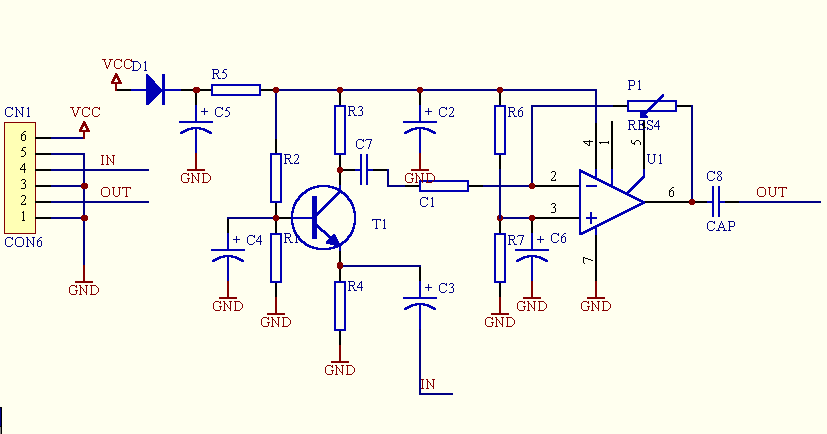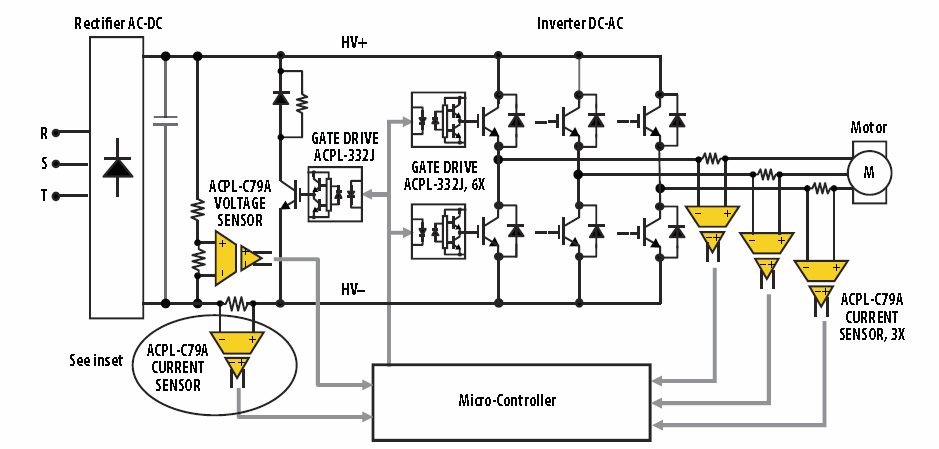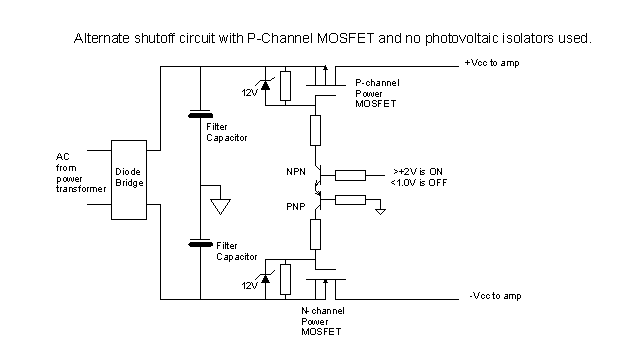
Amplifiers and Loudspeakers Protector with IC LM393

The short circuit-proof outputs of amplifiers and speakers present intriguing features, including the isolation of the speakers from the amplifier output.
The design of short circuit-proof outputs in amplifiers and speakers is crucial for ensuring system reliability and longevity. Such outputs are engineered to prevent damage in the event of a short circuit, which can occur due to various reasons, such as faulty wiring or accidental contact between conductive materials.
In a typical setup, the amplifier's output stage incorporates protective mechanisms, such as current limiting and thermal shutdown, to safeguard against excessive current flow. When a short circuit is detected, these mechanisms reduce the output voltage or completely shut down the amplifier to prevent damage to both the amplifier and the connected speakers.
Isolation of the speakers from the amplifier output is achieved through the use of transformers or isolation circuits. This isolation serves multiple purposes: it protects the amplifier from load variations and potential faults in the speaker system, minimizes distortion, and enhances the overall sound quality. Moreover, it allows for the use of different speaker types without compromising the amplifier's performance.
In addition to these protective features, the circuit design may include feedback loops to maintain stability and improve transient response. The output stage may also utilize complementary push-pull configurations to enhance efficiency and linearity, further contributing to the robustness of the system.
Overall, the integration of short circuit-proof outputs and speaker isolation techniques is essential for developing reliable audio amplification systems that deliver high-quality sound while safeguarding against potential electrical faults.The short circuit proof outputs of amplifiers and speakers, throw some interesting elements, such as the isolation of the speakers from the exit of the am.. 🔗 External reference
The design of short circuit-proof outputs in amplifiers and speakers is crucial for ensuring system reliability and longevity. Such outputs are engineered to prevent damage in the event of a short circuit, which can occur due to various reasons, such as faulty wiring or accidental contact between conductive materials.
In a typical setup, the amplifier's output stage incorporates protective mechanisms, such as current limiting and thermal shutdown, to safeguard against excessive current flow. When a short circuit is detected, these mechanisms reduce the output voltage or completely shut down the amplifier to prevent damage to both the amplifier and the connected speakers.
Isolation of the speakers from the amplifier output is achieved through the use of transformers or isolation circuits. This isolation serves multiple purposes: it protects the amplifier from load variations and potential faults in the speaker system, minimizes distortion, and enhances the overall sound quality. Moreover, it allows for the use of different speaker types without compromising the amplifier's performance.
In addition to these protective features, the circuit design may include feedback loops to maintain stability and improve transient response. The output stage may also utilize complementary push-pull configurations to enhance efficiency and linearity, further contributing to the robustness of the system.
Overall, the integration of short circuit-proof outputs and speaker isolation techniques is essential for developing reliable audio amplification systems that deliver high-quality sound while safeguarding against potential electrical faults.The short circuit proof outputs of amplifiers and speakers, throw some interesting elements, such as the isolation of the speakers from the exit of the am.. 🔗 External reference
